Netflix is now streaming Monsters: The Lyle and Erik Menendez Story, a documentary that revisits the sensational murder trial of the Menendez brothers, which gripped the nation in the early ’90s.
August 20, 1989, was a time of seismic shifts and cultural icons. The Berlin Wall teetered on the brink of collapse, Nintendo’s Game Boy ignited a portable gaming revolution, and Batman soared to dizzying heights at the box office. However, in the posh enclave of Beverly Hills, an unspeakable horror was about to shatter the tranquility. José and Kitty Menendez, a power couple in the entertainment industry, were discovered in their opulent living room, their bodies riddled with shotgun blasts.
José Menendez was born in Havana, Cuba, and moved to the United States when he was 16, following the upheaval of the Cuban Revolution. He climbed the corporate ladder swiftly, marrying Mary Louise “Kitty” Andersen, whom he met at college. José’s career took the family across the country, from New York to California, as he took executive positions at RCA, Carroll Music, and eventually Live Entertainment. His success afforded the family a luxurious lifestyle, including a $4 million mansion in Beverly Hills.
However, José was known to be a strict and demanding father, placing high expectations on both of his sons, Lyle and Erik. Reports and later testimonies suggested that José’s ambition for his sons often crossed into the realm of verbal and possibly physical abuse. Born in 1968 and 1970 respectively, Lyle and Erik grew up in the shadow of their father’s towering expectations. Both were pushed into high academic and athletic achievements.
Lyle and Erik were described by friends and acquaintances as outwardly confident and well-adjusted. However, beneath the surface, there were cracks in this facade. On the evening of Aug. 20, José was shot six times, including once at point-blank range in the back of the head, and Kitty Menendez was shot 10 times across her body. The brothers then meticulously tried to cover their tracks, discarding their shotguns and clothing and buying tickets to a movie to establish an alibi. They then drove back home, where Lyle called 911 at 11:47 p.m., claiming “Somebody killed my parents!”
Following the murders, both Lyle and Erik began spending their parents’ money with startling rapidity and extravagance. Lyle purchased expensive cars, a Rolex watch, and even invested in a restaurant in Princeton, New Jersey. Erik funded his aspirations of becoming a professional tennis player, hiring expensive coaches and investing in costly equipment. The brothers’ lack of visible grief and their immediate indulgence in luxury raised eyebrows among those who knew them. Their behavior at the funeral and subsequent weeks did not align with typical mourning patterns.
The case took a startling turn when Erik unburdened his soul to his psychotherapist, Dr. Jerome Oziel, confessing that he and Lyle had ruthlessly gunned down their own parents. When Oziel’s mistress, Judalon Smyth, caught wind of this bombshell revelation, she wasted no time in alerting the authorities, especially after Lyle indirectly threatened his therapist. In March 1990, seven months after the heinous crime, Lyle and Erik Menendez found themselves in handcuffs. Although these tapes were subject to legal battles regarding therapist-patient confidentiality, they eventually became a crucial piece of evidence, as the court permitted their use, citing an exception due to the threat against Dr. Oziel’s life.
The first trial culminated in a deadlocked jury, swayed by the brothers’ gut-wrenching testimony of the alleged abuse they had endured. But in the retrial, the judge slammed the door on much of the abuse evidence, and the brothers’ fates were sealed. Convicted of first-degree murder, they were condemned to spend the rest of their days behind bars, with no hope of parole.

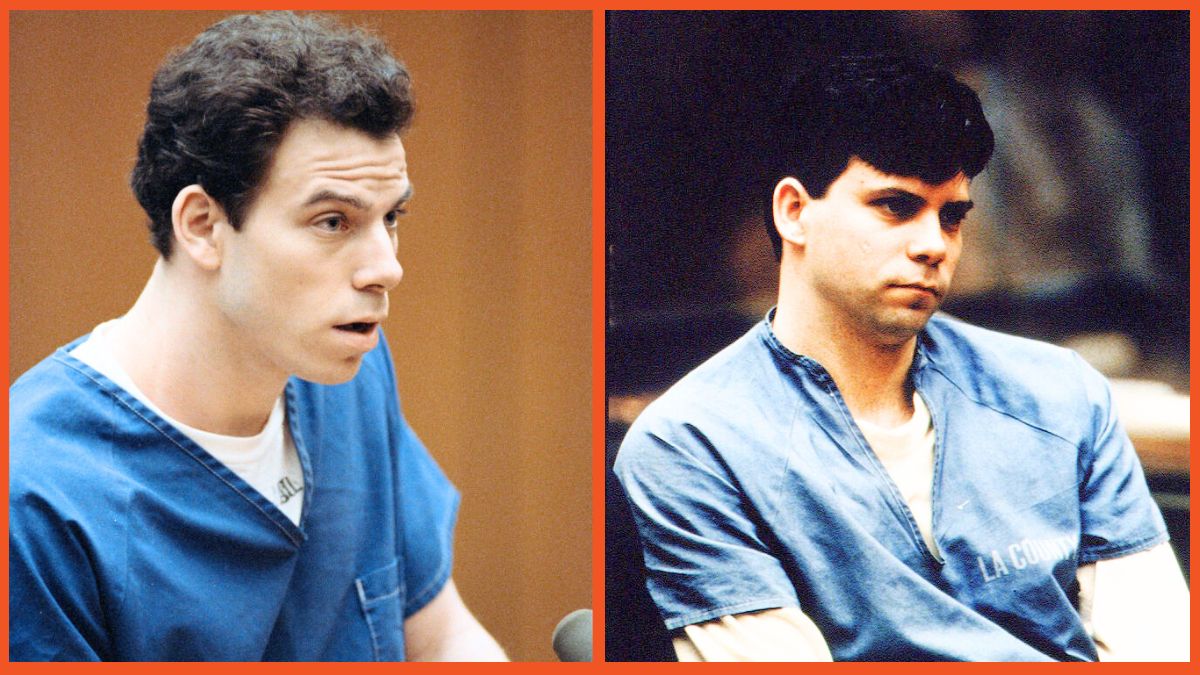

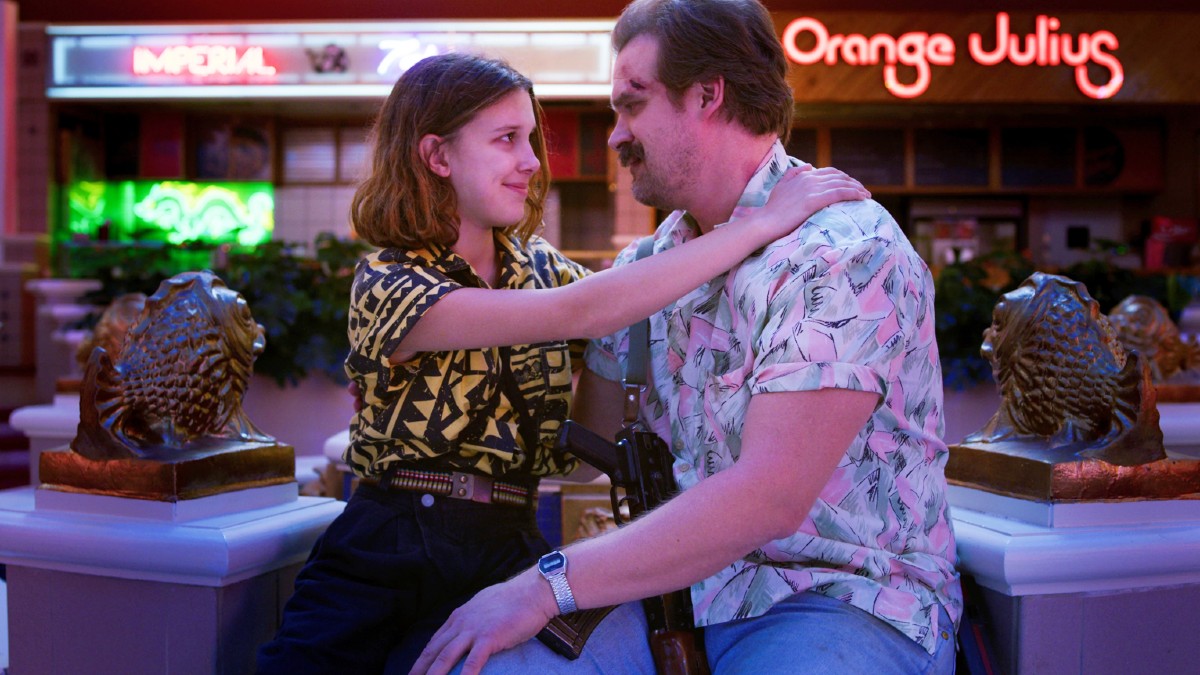
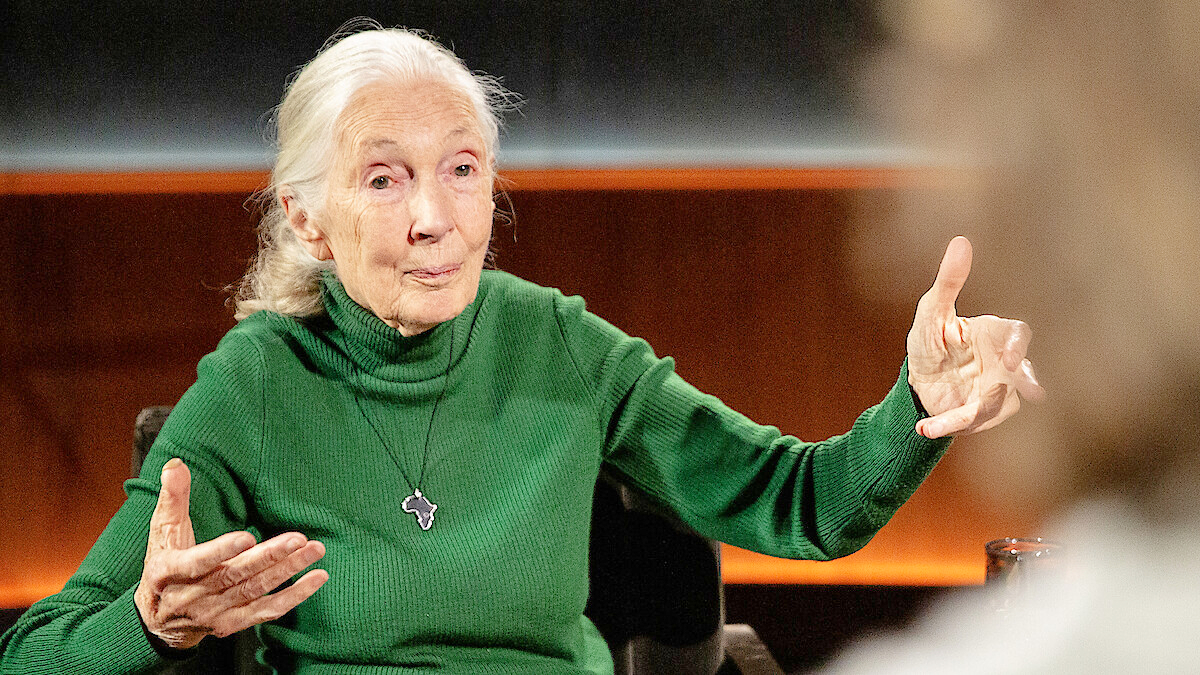
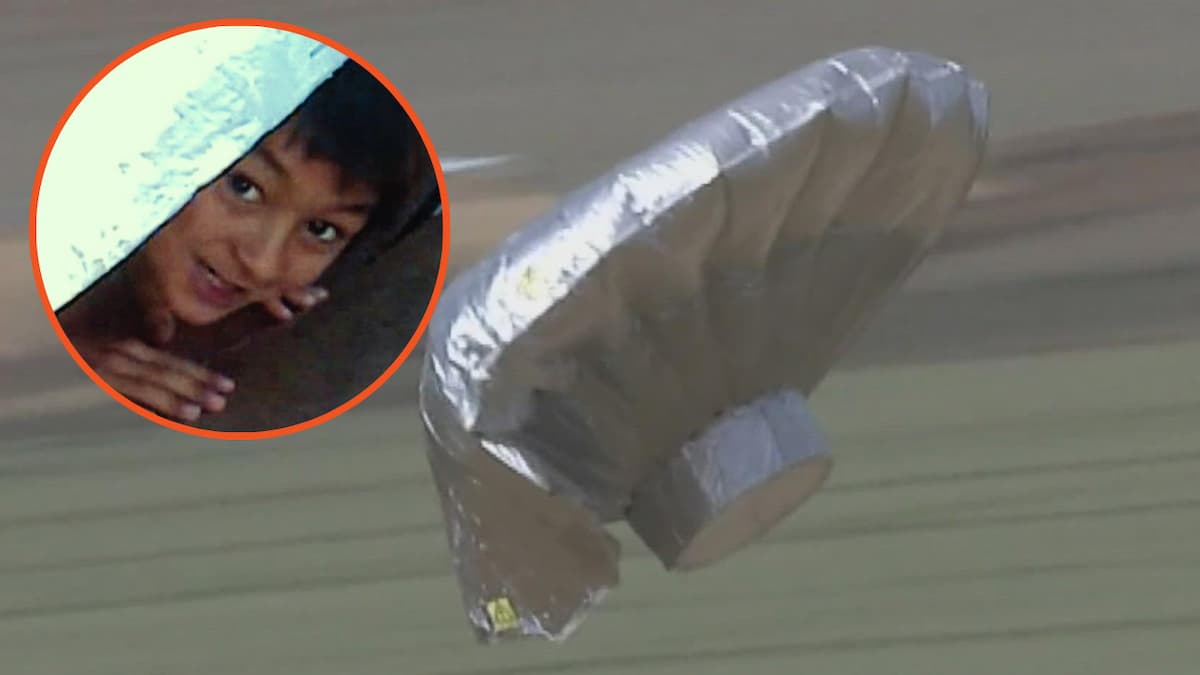
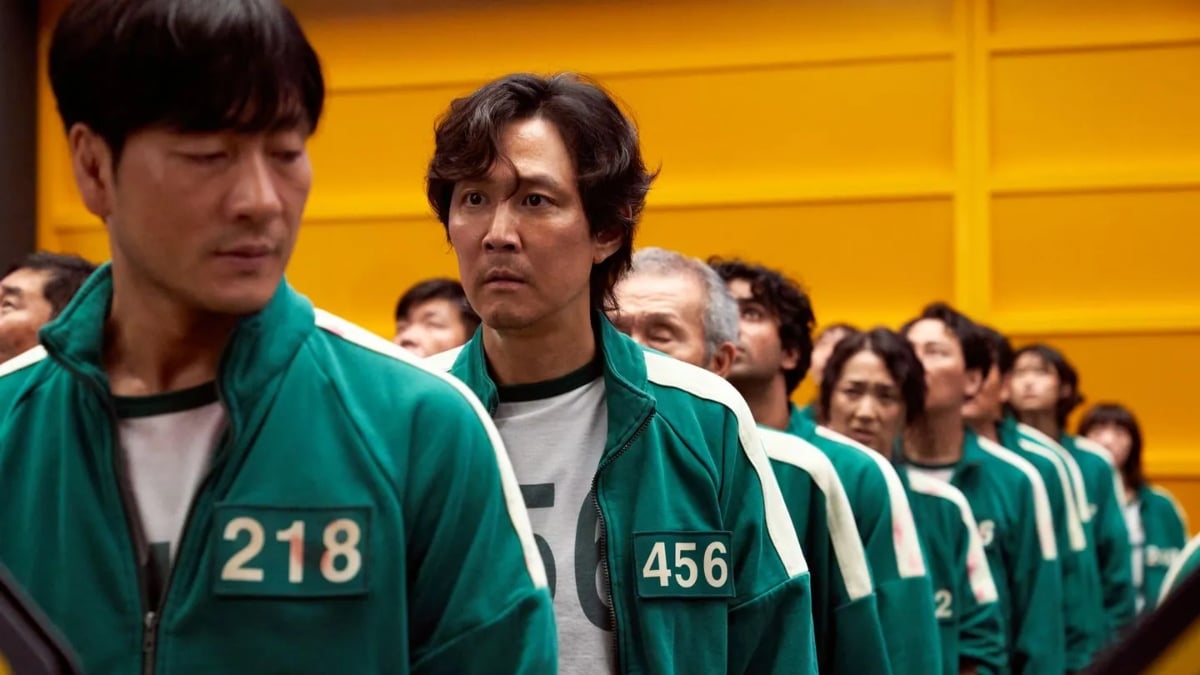


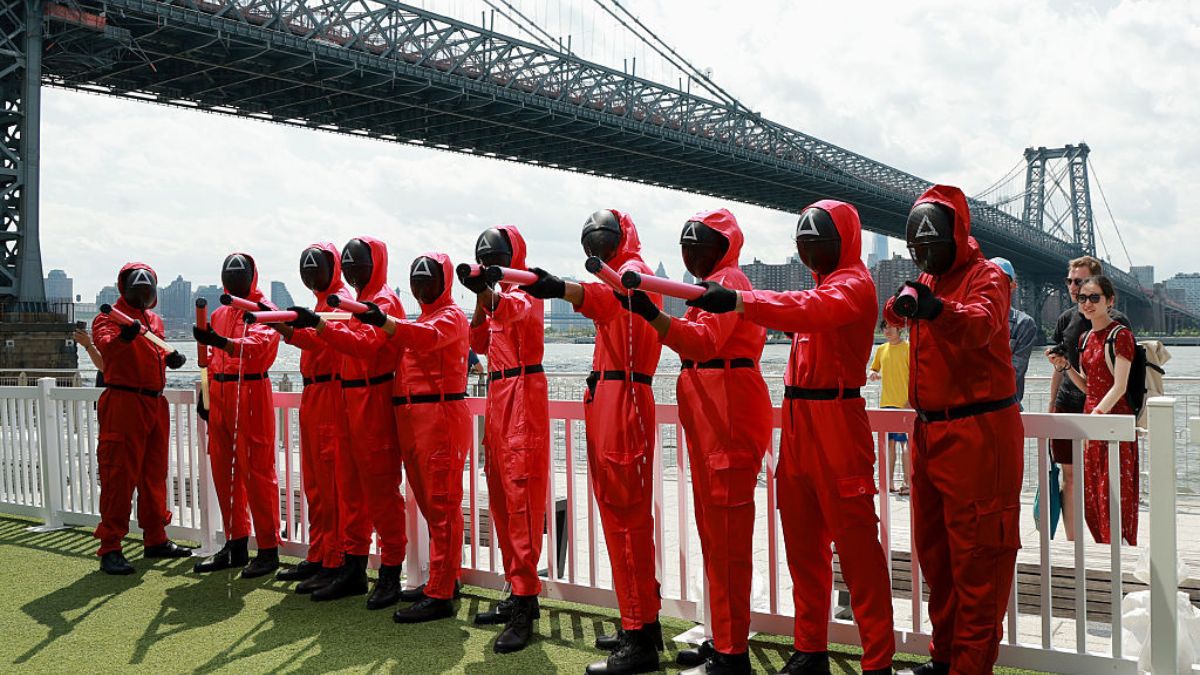

Published: Sep 22, 2024 10:50 am